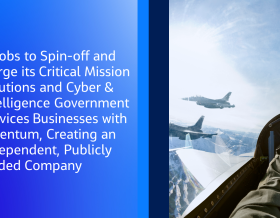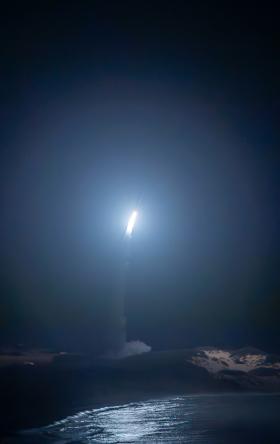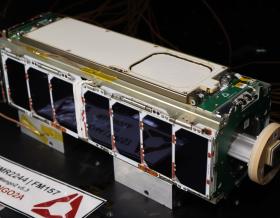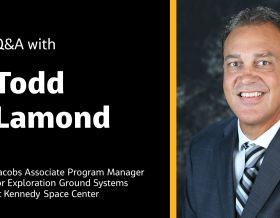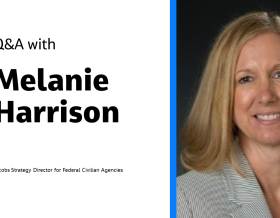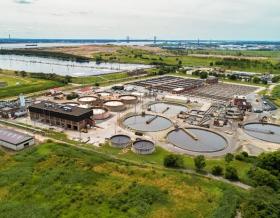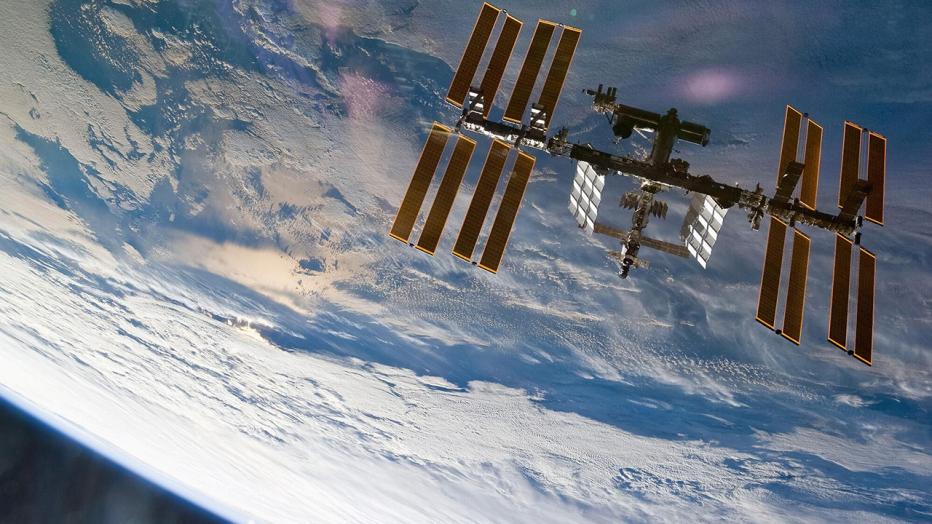
Jacobs congratulates NASA on 20 years of continuous human habitation on the International Space Station (ISS). NASA has achieved unprecedented scientific and engineering success on the ISS, and Jacobs is proud to have partnered with NASA every step of the way.
The ISS has provided a unique microgravity environment for more than 3,000 researchers and educators in 108 countries. Astronauts from 19 countries have lived and worked aboard the Station and the international collaboration needed to support the Station have been politically complex, balancing input and priorities from space agencies from Canada, Japan, Europe, Russia and the U.S.
At Johnson Space Center, Jacobs works with NASA to design, develop, and environmentally test hardware for the ISS ranging from the exercise equipment the astronauts use to mitigate zero gravity effects, to robots that assist crew operations. In addition, we provide modelling and trajectory planning for proximity operations for the vehicles that approach and dock or berth to the ISS, modelling of the Low Earth Orbit space debris environment, and Image Analysis services including ISS photos of Earth to assist with natural disasters, and photos of ISS to perform leak detection and analysis.
At the Marshall Space Flight Center, Jacobs provides manufacturing, testing, troubleshooting, and in-flight support for the Environmental Control and Life Support System (ECLSS), as well as ISS components like the Microgravity Science Glovebox (MSG) and Life Sciences Glovebox (LSG). We also support the Materials Science Research Rack (MSRR) and the international Sample Cartridge Assembly (SCA) experiments that are processed in it. We also support technology development for the future of spaceflight, and the systems needed to support long-duration space missions. And, we’re helping design and produce a new carbon dioxide removal system using a four-bed molecular sieve. This system will be flown on the ISS as a flight demonstration of the technology.
At Kennedy Space Center’s (KSC) Space Station Processing Facility, almost every item bound for the U.S. side of the ISS goes through the hands of Jacobs personnel. The team at KSC provides final processing assistance for equipment, supplies and science headed to the station.
We prepare cargo containing food and supplies for the ISS crew, and also maintains and processes life support equipment, such as the pressurized tanks that provide nitrogen, oxygen and breathing air. This support includes equipment located on the interior as well as the exterior of the station, such as test beds used to expose materials to the space environment. After final test and processing is complete, the team delivers the cargo to the launch provider at sites including Florida, Virginia and Japan.
Our team at KSC also supports scientists who send experiments to station. They set up lab space, provide chemicals and equipment for final experiment processing and help to build the flight timeline and stowage configuration. For NASA-sponsored experiments, the team assists in preparing the science for flight, helps to train the astronauts in on-orbit activity, and monitors that activity from the ground. For example, for NASA’s Veggie project, which aims to grow vegetables on orbit to feed the crew, Jacobs helped set up the hardware that sustains the plants on orbit, operated the environmental chambers used for ground control plants, and helped to schedule the on-orbit crew activity.
As NASA prepares to send the next man and the first woman to the moon, the ISS has and will continue to serve as the center for research that supports our nation’s deep space exploration goals, and Jacobs is proud to be a part of this exciting journey.
Interested in learning more about how we transform intangible ideas into intelligent solutions for a more connected, sustainable world? Check out how Jacobs, in support of NASA’s ISS team, is leveraging remotely-sensed data and high-definition imagery captured from 240 miles above in space to aid disaster response efforts.

